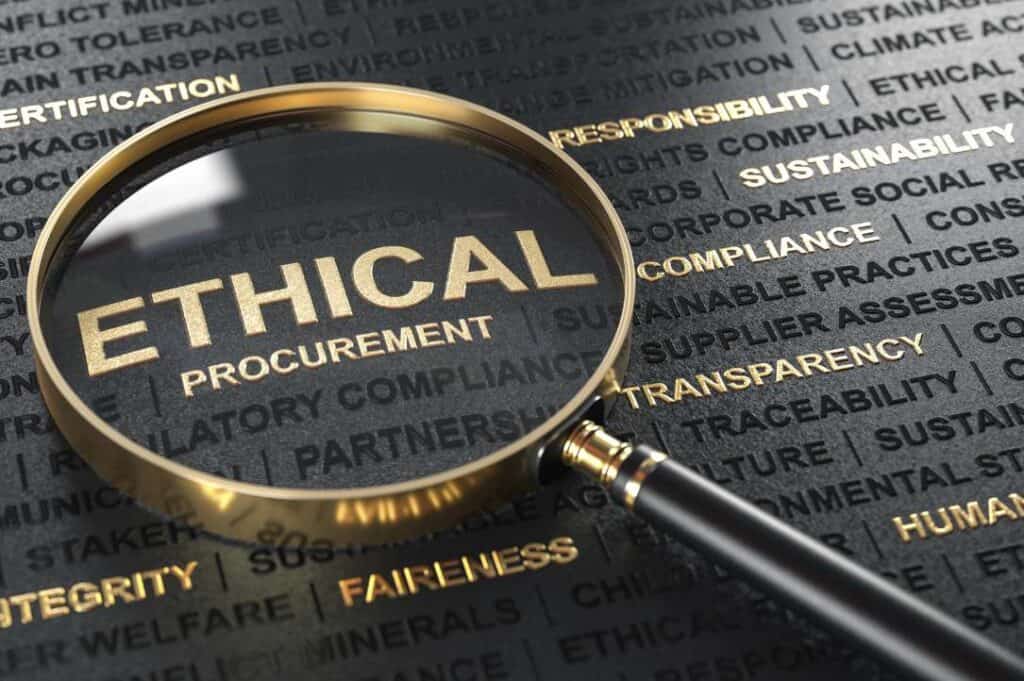Green products often come with a price tag that makes you pause, but have you ever considered what you’re really paying for? Knowing more about the hidden factors behind the higher retail price of eco-friendly items reveals how your choice transcends mere cost and relates to broader positive change.

Understanding the premium price tag on green products
From household items to personal care products, the market for green goods is expanding into a long list of industries. Unfortunately, they tend to have a higher markup than conventional products, which may lead you to wonder if the cost is really worth paying.
Like the value people find in local food, eco-products have promising perks and big-picture implications. However, there are some important influences behind the retail price that you should understand before deciding if these options are right for you.
Sustainable materials, processing and labor
Green products often have a premium price tag due to using sustainable materials. The cost of producing these items is higher because sustainable goods are made from renewable resources, such as organic cotton, bamboo or recycled materials. These materials are typically more expensive than conventional ones.
Additionally, responsibly sourced materials also have a higher production process. Companies must often invest in research and development to find innovative ways to reduce production costs without compromising quality or ethical practices. They can only offer environmentally friendly options at competitive prices after optimizing resources and streamlining operations.
Sustainable labor also contributes to increased expenses because workers are paid fair wages. Ethical sourcing ensures that no exploitation occurs during production, which adds to the overall cost of green and eco products.

Eco certifications
Eco certifications on products serve as stamps of approval backing up marketing promises. These certifications are supposed to act as signposts for trustworthiness and environmental responsibility while helping the consumer make informed decisions.
For example, when shoppers see the USDA organic label on food items, it is assumed the food is potentially healthier and safer for the environment. Certifications like Fair Trade or Forest Stewardship Council assure quality and ethical sourcing.
However, obtaining and maintaining eco-friendly certifications have cost implications for businesses. The initial process of becoming certified involves audits, inspections, testing and documentation. Each step requires financial investment by the company. Ongoing compliance and annual registration renewal add to operational costs, which are reflected in the final retail price.
Environmental engineer, Shruthi Baskaran-Makanju of Rainy City Life comments, “Many conventional products don’t need to pass any kind of certification, and the long-term impacts of materials often take a long time to be studied.” For these reasons, going for greener options provides “more peace of mind, even if it’s a bit more expensive in the short-term.”
Environmentally-friendly packaging
Aside from traditional options like paper and fabric, the packaging industry is changing and beginning to offer innovative options like bio-based plastics derived from renewable sources like cornstarch or sugarcane as viable alternatives to petroleum-based plastics. In the same way that eco-friendly product materials are historically more expensive, environmentally-friendly packaging also costs more.
Consumer willingness and demand
Consumers are increasingly seeking sustainable and eco-friendly alternatives across various industries. This consumer willingness to pay a higher price for sustainable goods also contributes to the premium cost of green products.
“When it comes to the higher price tag that many green products carry, I think of how the money I invest now may prevent future medical bills down the line. You can’t put a price on health.”
— Kristen Wood, Schisandra & Bergamot
66% of consumers polled in this Nielsen report say they are willing to pay more for brands committed to green principles. Consumer demand allows companies to set higher prices for their sustainable offerings.

Strategies for affording green products on a budget
Embracing an eco-friendly lifestyle doesn’t necessarily mean stretching your budget to its limits. Even though many green products are more expensive, there are practical strategies for affording green products without compromising your financial well-being.
Prioritize your purchase
Weigh the cost of a higher one-time purchase against the seemingly more affordable single-use option. For instance, you can opt for reusable stainless steel or glass water bottles instead of purchasing cheap single-use plastic bottles. These alternatives cost more upfront but help save money in the long run and create less waste. Get the best return on your purchase by focusing on eco-alternatives for frequently used items.
Be a savvy shopper
Keep an eye out for sales, discounts or clearance items at your favorite stores. Buy gently used and consigned eco items from thrift stores, second-hand shops, swap meets and garage sales. There are also online directories like CraigsList and eBay that specialize in connecting people around selling pre-owned items.
Buy direct
Seek local suppliers and farmers’ markets for fresh produce and food, cottage industry handicrafts and small-scale manufactured goods. These vendors provide access to quality options at more affordable prices than larger retailers. There’s no middleman when you shop directly, so you cut the extra cost and give all the value to the producer.
Buy in bulk
Purchase non-perishable green products in bulk to save money in the long run. Better yet, buy bulk on-sale items to maximize your savings. Always keep your storage space in mind because you don’t want to come home with more things than you have enough room for. Also, be mindful of the expiration dates so nothing spoils before you can use it.

Subscribe to newsletters, memberships and loyalty programs
Opting to stay in touch with brands you like by subscribing to newsletters, memberships and loyalty programs is a strategic way to afford eco-friendly options. Companies send notices about upcoming sales and often gift subscriber specials that no one else has access to. Plus, you’ll stay informed on all the latest trends and their new products.
Memberships and loyalty programs take customer intimacy to the next level by extending points-based reward systems, free shipping and more to their members. These perks can lead to significant savings while fostering a deeper connection and sense of value between the retailer and the customer.
DIY when possible
Consider making your own DIY green products. Many household cleaners, for example, can be made from simple, inexpensive ingredients like vinegar, baking soda and lemon. Personal care items like lip balm, toothpaste or tooth powder and moisturizer are also easy to make.
Pace yourself
Spread your high-cost purchases over time, and don’t buy anything impulsively. You don’t need everything at once, so take your time and think about a big purchase before committing. Being slow and steady with purchases is a gentle way to transition towards more green products in your home.
Final thoughts
The cost of green products encompasses various factors, from sustainable materials and labor to eco-certifications and environmentally friendly packaging. Consumers must weigh the perceived value of paying more for sustainability against the cost dilemma to make sure their investment is the right one.
Being wise about choosing brands with transparent and ethical business practices will assure you that your investment is going to the right place. Additionally, using the helpful tips for buying eco items on a budget will help save you money while still getting the quality you want.
Jessica Haggard is dedicated to helping people cook easy everyday recipes focusing on bioavailable and nutrient-dense foods. She helps people overcome food allergies and discover healthy recipes that make a difference in their health with gluten-free, low-carb and keto cooking at Primal Edge Health.